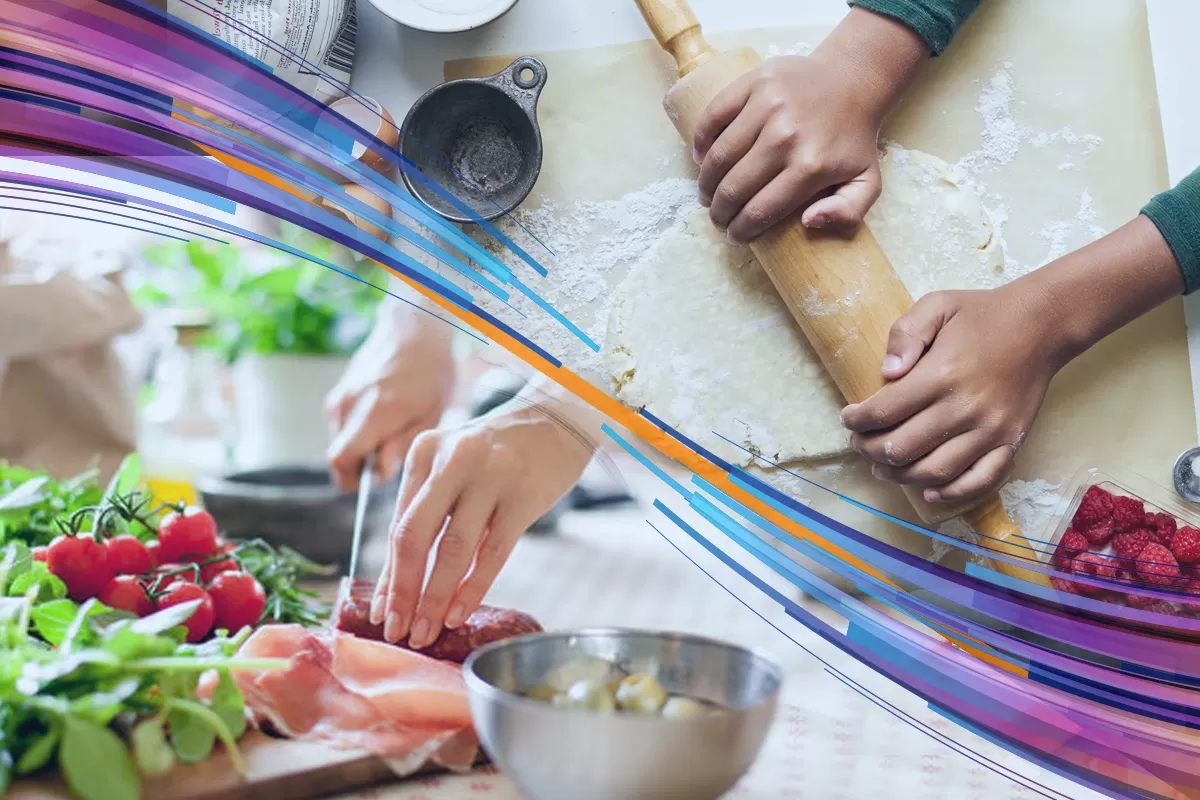When it comes to culinary arts, the distinctions between “cooking” and “baking” often spark confusion. Though both involve food preparation and heat, their methodologies, precision, and results diverge significantly. This comprehensive guide elucidates the core differences between these culinary techniques, shedding light on their unique aspects and characteristics.
Cooking vs. Baking: What Sets Them Apart?
The terms “cooking” and “baking” share common ground but harbor crucial distinctions. Cooking encapsulates a broader scope, encompassing various food preparations involving heat and ingredient amalgamation. Baking, on the other hand, represents a subset of cooking, reliant on dry heat (usually an oven) and precise measurements to transform ingredients. While all baking falls under the umbrella of cooking, not all cooking falls within the realm of baking. Let’s delve into the pivotal differences between these culinary methodologies.
Oven: The Distinctive Factor
Baking necessitates the use of an oven—this sets it apart from cooking. Employing dry heat consistently alters the chemical composition, texture, and flavor of ingredients, categorizing them as “baked.” In contrast, while cooking may involve oven use, it’s not mandatory to attain analogous results. Notably, some cooking methods, like citrus-based Ceviche or dry-cured sausages, do not even require heat.
Precision vs. Flexibility
Cooking is often perceived as an art, fostering creativity and allowing for improvisation in recipes. Conversely, baking operates as a scientific endeavor. The slightest variations in humidity, quantities, temperature, or time can dramatically affect the final baked product. Chefs can experiment freely with cooking ingredients, adjusting flavors, spices, or zests without radically altering the outcome. In baking, precision prevails as a fundamental aspect before incorporating creative liberties.
Science in Baking: Ingredient Dynamics
Understanding the scientific interplay between baking ingredients is pivotal. Ingredients like flour, fat, sugar, eggs, and leavening agents interact scientifically, affecting the outcome. For instance, flour’s gluten provides structure, while fat preserves tenderness. Sugar impedes gluten formation and aids in aeration. Leavening agents like baking soda and powder are critical for proper rising. Mastery of these scientific nuances is quintessential for consistent baking.
Equipment Specificity: Cooking vs. Baking
In cooking, equipment variances don’t substantially impact the final dish. However, in baking, the choice of pans, sizes, and other specialized equipment significantly influences baking times and outcomes. Baking vessels dictate the texture and consistency of baked goods, underscoring the necessity for equipment precision in the baking process.
Historical Evolution and Global Perspective
Historically, cooking dates back to early human civilization, whereas baking is a comparatively modern concept. Baking originated around 6,500 years ago, with the Ancient Egyptians pioneering enclosed ovens. Moreover, baking’s popularity varies globally, with some cultures prioritizing open-fire cooking over baking due to climate and cultural practices.
Baking’s Potential Health Benefits
While commonly associated with desserts, baking extends to savory dishes, offering a healthier alternative by reducing oil usage. Savory baked items like pasta, pizza, and vegetables are emblematic of this culinary domain. Despite the misconception, baking, when used judiciously, can present a healthier cooking approach compared to conventional methods.
Exploring the Culinary World Through Baking
Whether you seek to comprehend culinary science, cut down on fat intake, or become an adept baker, the realm of baking offers an exciting avenue. Discover the world of baking through a plethora of recipes and consider joining virtual cooking classes to enhance your baking prowess in the comfort of your kitchen.
Conclusion
Cooking and baking, though interconnected, embody distinct methodologies, scientific intricacies, and outcomes. Understanding these disparities empowers culinary enthusiasts to explore and appreciate the nuances of each technique. The culinary world beckons—whether you’re a novice or a seasoned baker, embark on this exciting gastronomic journey!

